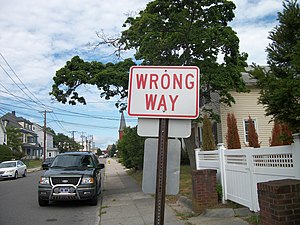
Publicity photo of Leonard Nimoy and William Shatner as Mr. Spock and Captain Kirk from the television program Star Trek. (Photo credit: Wikipedia)
Spock may seem an odd choice for tips on marketing a b to b business. Business? Marketing? He was in Star Fleet, where people (at least in the original series) rarely seemed to buy anything.
He didn’t lie (though he could exaggerate), and rarely had an emotional reaction.
He didn’t care about anything that was shiny or new unless it was logically better than what he had before.
Twenty-first century b to b businesses and marketers on the other hand, tend to get excited about new products.
We want to share them with everyone. We’ll talk about them at length to our friends, extol their virtues, pay for ads, anything.
But then, maybe there is something that business marketers can learn from Spock.
Let’s look at some of the things Spock said and I’ll show you how following his advice can make you a better marketer and bring in more business.
Clear communication
Nowhere am I so desperately needed as among a shipload of illogical humans
Often, we humans tend to get caught up in our emotions. We watch a fashion show and fall in love with a pair of boots with 7″ heels and forget you can’t actually walk in them. Or, we get the idea to make ballet slippers for hamsters (and ignore the fact that hamsters don’t dance much). It doesn’t matter, we love our idea and we think that others will love it too.
Sadly, the world isn’t interested in ballet slippers for hamsters. And, those runway boots are meant for show, not for sale (the models fall down a lot).
Do what you love, but check first that there’s an audience for it (particularly if you want to make money from it).
Don’t guess the facts, learn them
Insufficient facts always invite danger
When we try to market our products or services, we often guess. We think the world will beat a path to our door for those hamster slippers. But, we never actually find out in advance. Which means we can end up with a lot of unsold hamster footwear.
Got a great idea? Before putting out a product, ask if there’s a need for it. Are people looking to solve a particular problem? Does your service fix that problem? What do other people think? Ask them. Do a survey. Run a quick ad campaign on Facebook or AdWords or LinkedIn.
Listen carefully
Isn’t there some inefficiency in asking my advice on matters you’ve already decided?
Once you do that research, or put out that survey, check the answers you got. Do people really need what you have in mind? Did they sign up for your course? Or, are they telling you what they think you want to hear (watch out, that way leads to New Coke).
Try to mind meld
My mind to your mind. My thoughts to your thoughts.
When Spock needed information, he could “mind meld” with someone to get it. Sadly, most of us aren’t naturally telepathic (darn!). However, we can try to get inside our customers’ heads in a different way. We can talk to them. We can monitor Facebook or LinkedIn or forums where they hang out and find out what keeps them up at night. We can ask for feedback, and look at the most common questions we get. Then, we can adapt our messages and our products accordingly.
What’s most important to your customers? You may value price. Your clients may care more about convenience, or speed, or status.
Test a hypothesis
It would be illogical to assume that all conditions remain stable.
Got something that works? Test to see if you can improve it. Maybe a deluxe version. Or try experimenting with a pay-what-you-like model for your e-course. Does the green “buy now” button convert better than any other color? Or would a blue one lead to more sales?
Maybe you’re naturally Spock-like. Maybe you’re more like McCoy. Either way, Spock can be a pretty good marketing model after all.




